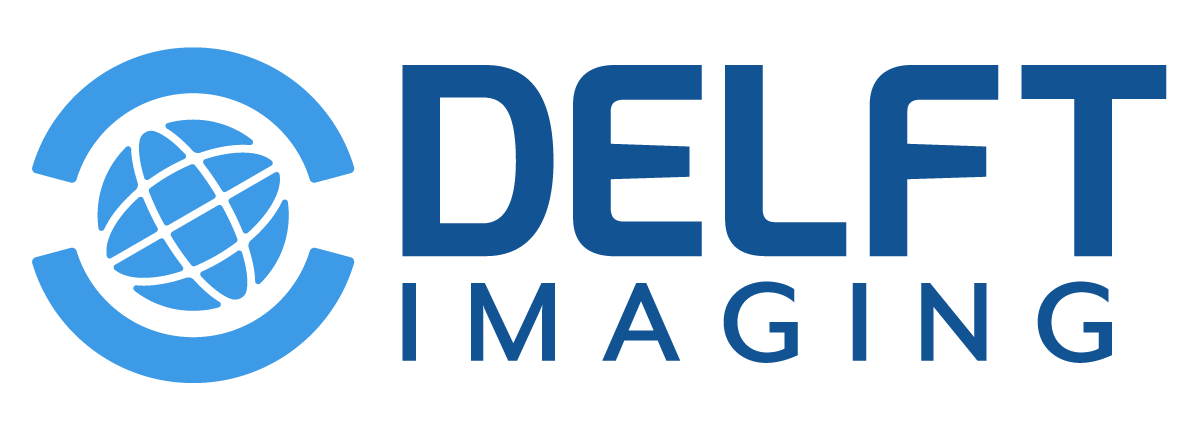Honduras, home to 9.3 million people, is a country grappling with numerous challenges. High poverty levels and frequent hurricanes are a part of daily life here, making survival a struggle for many. These hardships have taken a toll on maternal health, with the maternal mortality rate tragically rising from 61 to 125 per 100,000 live births after the pandemic. This sobering reality underscores the critical need for better maternal healthcare, especially in the remote and underserved regions of the country.
In the BabyChecker webinar, José Manuel Pérez, the UNFPA representative in Honduras, discussed the significant progress made in improving maternal health through timely intervention with BabyChecker. He highlighted the importance of adopting innovative technologies like BabyChecker, which can help address maternal mortality, especially in remote and underserved areas of Honduras.
The Catalyst for Change
In November 2022, UNFPA invited Enya to present in a webinar on the role of artificial intelligence (A)I in achieving good health and well-being. This is where Pérez first came across BabyChecker. Inspiration struck when he saw its potential to help reduce preventable maternal deaths in Honduras.
“UNFPA has been very active in looking at innovation as a way to leapfrog and advance in many of the issues in preventable maternal deaths. When I saw this (BabyChecker), I thought this was a wonderful possibility of maybe reaching out and seeing the importance of bringing the equipment to Latin America, especially to Honduras, because of many issues related to maternal deaths due to extensive areas in Honduras that are very far to reach where most maternal deaths occur to a certain degree. So, we started exploring the possibility of participating with BabyChecker. We went to the Ministry of Health, and we also explored the possibility with Midwifery groups in the Garifuna or Lenka region, which is the far areas,” he said.
This was especially important given the country’s maternal mortality rate, which had increased from 61 to 125 per 100,000 live births after the pandemic.
Strategic Approach and Implementation
UNFPA, under Pérez’s guidance, adopted a systematic approach to tackle maternal health issues. They started by gathering data on critical areas and analysing the leading causes of maternal mortality. Surprisingly, many maternal deaths occurred despite women having up to four antenatal care visits, highlighting the low quality of medical attention. Issues such as the lack of professional medical staff in remote areas, poor medical attention quality, and overcrowded hospitals were significant contributors.
Regarding the importance of adopting innovative solutions to bridge healthcare gaps in existing systems, Perez said, “As you can imagine, in many areas of the world, AI is being demonised in certain aspects. Still, very specifically in the medical field, it is important, and we see the capability to improve the quality of care that medical personnel can provide because of all the benefits it has. So, we presented the idea to the Minister of Health in an informal lunch to explore the possibilities. […] Basically, what was explained was the use of algorithms that would allow us to hone in and be much more precise and in the more that it would allow us to be more specific. It was a perfect opportunity to incorporate this and not resist it. Cost versus utility: definitely the cost of this equipment (BabyChecker) compared to standard equipment is one thing; of course, access, versatility and connectivity were issues that made a strong case for it.”
They also invited the Dean of the Medical School of the University of Honduras AI to discuss it because it was essential to show this as an alternative to incorporating the curriculum in forming the country’s medical doctors and medical personnel. “Of course, this is not going to displace doctors or medical staff,” he emphasised.
Moving Forward with BabyChecker
The project is currently piloting five BabyChecker units in remote areas, which lack specialised personnel to detect potential complications early in the pregnancy., and hospitals to enhance local capacity and support medical education.
José Manuel Pérez is optimistic about BabyChecker’s future benefits for the nation. Honduras’s journey highlights the importance of embracing innovation and collaboration to address critical health challenges.
